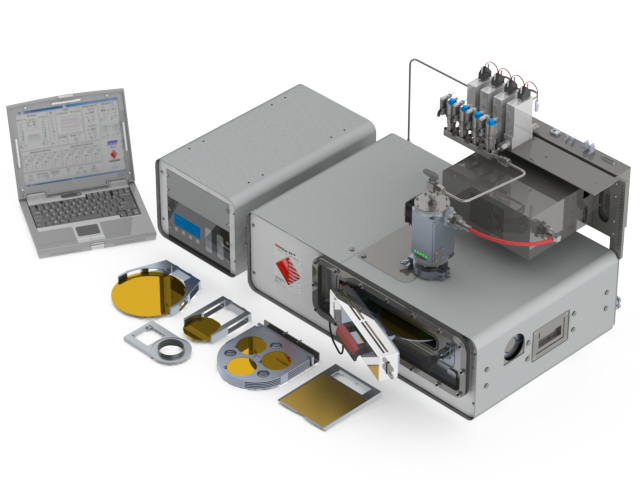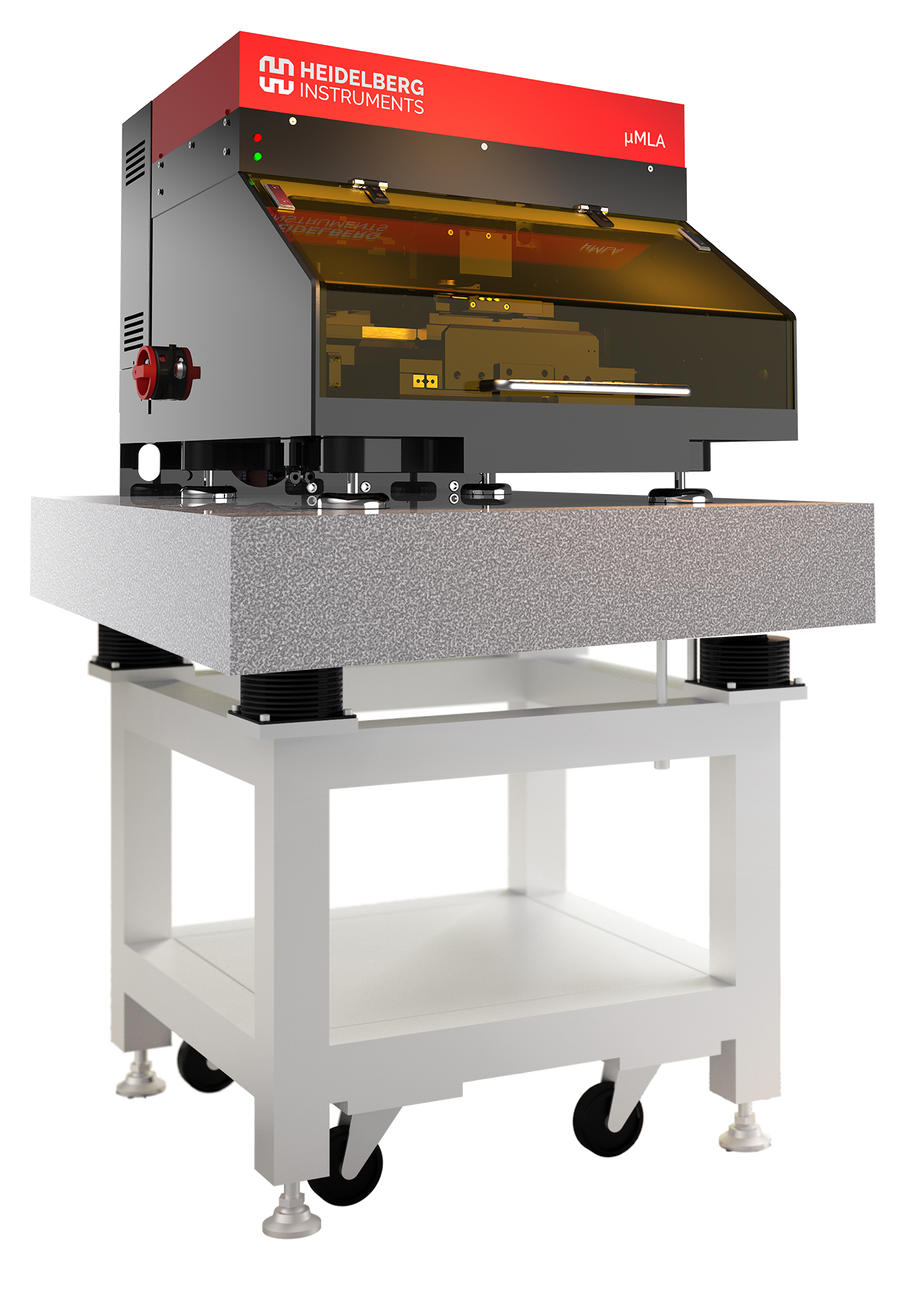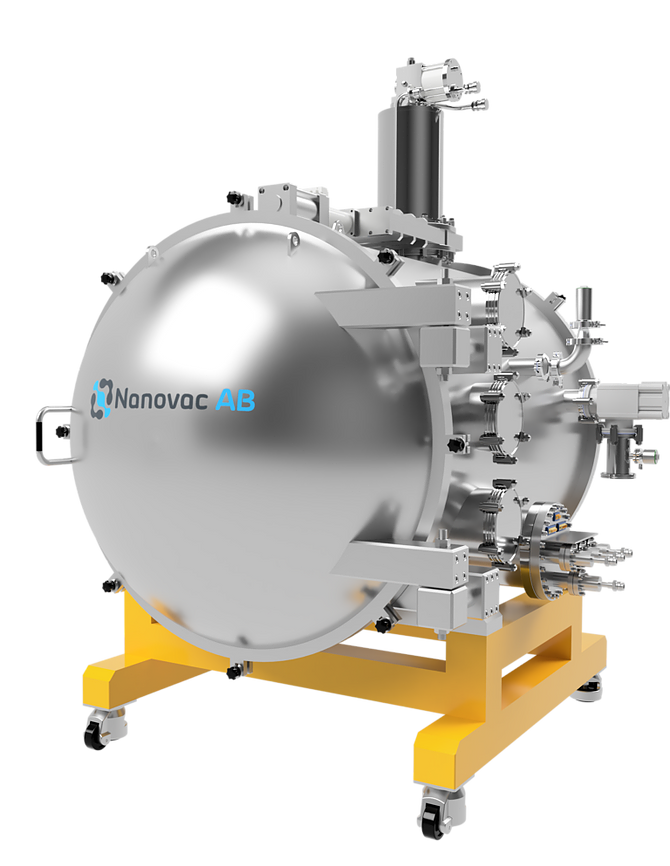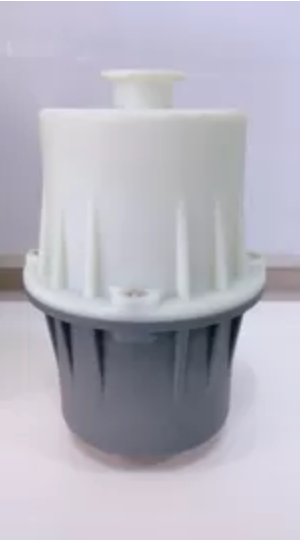CREATING TOPOGRAPHIES ON THE MICROSCALE
Grayscale lithography is used to create three-dimensional micro- and nanostructures with height gradients, enabling the fabrication of textured surfaces with micro- and nanotopographies.
In laser lithography, the CAD virtual landscape is mapped to the system’s gray values where each value corresponds to an exposure intensity level. During exposure, the laser intensity is modulated pixel by pixel, thereby precisely controlling the exposure depth. Up to 1000 exposure gray levels are accessible in a single exposure step, offering highest vertical resolution without critical alignments. The resulting exposed substrate is processed by methods such as reactive ion etching or electroplating to create a 2.5D topography. The exposure concept is scaleable up to a substrate size of 1.4 x 1.4 m2. Challenging issues posed by Grayscale lithography such as stitching effects or non-linearities are solved by advanced techniques such as multi-pass-exposures and optimized gray value distributions, respectively.
A key application area of Grayscale lithography are micro-optical elements such as Fresnel lenses and blazed gratings, micro¬lenses and microlens arrays, all of which are key components in modern-day micro-optics. Grayscale lithography is also used in the creation of MEMS, MOEMS, microfluidics, and textured surfaces. Grayscale lithography packages are available in several performance levels from Standard to Professional. Our Grayscale “specialists” are the systems in the DWL series.
Grayscale thermal scanning probe lithography (t-SPL) with the NanoFrazor Explore and Scholar systems uses ultra-sharp heated silicon tips to pattern high-re¬solution 3D structures directly by evaporating thermally sensitive resist. The structures can be transferred into almost any other materials by standard methods. The technique requires no wet development and causes no damage to the substrate. Lateral resolution of below 25 nm is routinely achieved. Closed-loop lithography enables a vertical resolution of less than 1 nm. Applications of t-SPL include nanophotonics, for example computer generated holograms, 3-D multimode waveguides, or grating couplers. Other applications include nanofluidic devices, components for electron optics such as 3D-phase plates, and any other area that requires 3D nanostructured surfaces.





